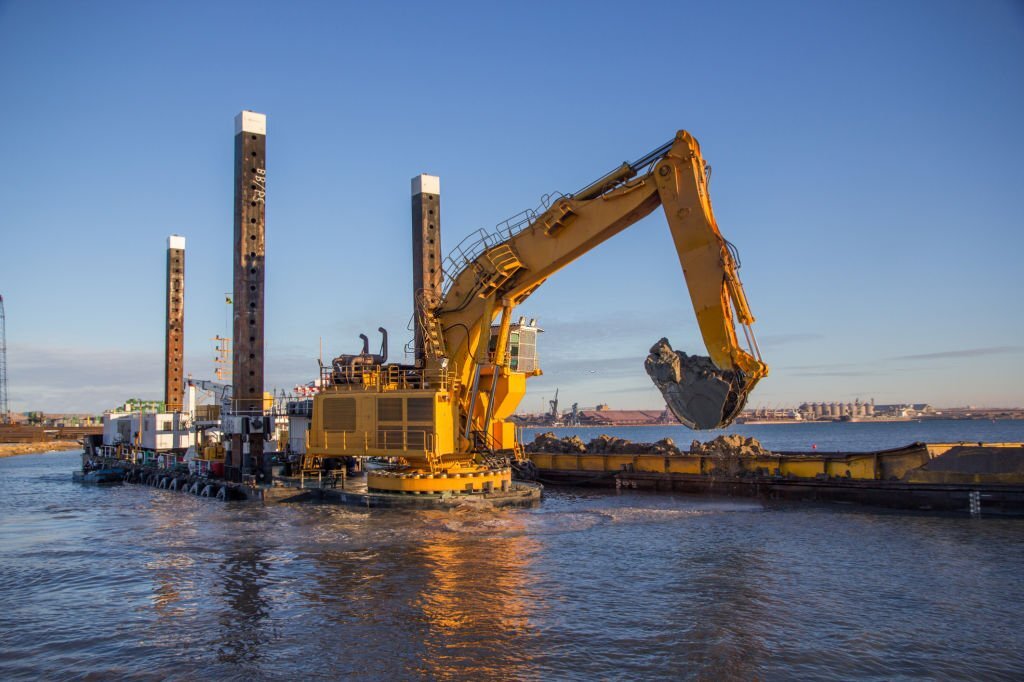
Introduction:
Safety is paramount in the maritime industry, where the complex environment of the open seas and underwater operations presents unique challenges. Marine equipment is at the forefront of ensuring the well-being of workers and the integrity of operations. This comprehensive article delves into the essential safety features of marine equipment, exploring the multifaceted aspects of design, technology, protocols, and regulations that safeguard lives and assets in the challenging marine environment.
Understanding the Importance of Marine Equipment Safety:
1. Challenging Marine Environment: The marine environment presents risks such as water pressure, unpredictable weather, corrosive saltwater, and limited visibility, demanding robust safety measures.
2. Worker Safety: Marine equipment safety is crucial to protect workers from accidents, injuries, and health hazards that arise from complex machinery and challenging conditions.
3. Asset Protection: Ensuring the safety of marine equipment enhances its longevity and minimizes the risk of breakdowns, accidents, and environmental pollution.
Essential Safety Features of Marine Equipment:
1. Watertight Design: Marine equipment incorporates watertight seals, gaskets, and compartments to prevent water ingress, safeguarding internal components.
2. Emergency Shut-off Systems: Emergency shut-off systems provide operators with the means to rapidly halt operations in case of emergencies, preventing potential hazards.
3. Corrosion-Resistant Materials: Marine equipment is constructed from materials resistant to saltwater corrosion, ensuring the structural integrity of machinery over time.
4. Redundancy and Backup Systems: Critical systems in marine equipment often have redundancy, ensuring that operations continue in case of primary system failures.
5. Integrated Safety Alarms: Safety alarms and alerts are embedded in marine equipment to warn operators about potential malfunctions, overheating, or hazardous conditions.
6. Remote Monitoring and Control: Remote monitoring systems enable operators to oversee equipment performance from a distance and make informed decisions to ensure safety.
7. Anti-Collision Systems: Marine equipment features anti-collision technology that aids in preventing collisions with other vessels, structures, or underwater obstacles.
8. Fire Suppression and Prevention: Marine equipment incorporates fire detection systems, automatic fire suppression mechanisms, and fire-resistant materials to mitigate fire hazards.
9. Fall Prevention Measures: Guardrails, non-slip surfaces, and proper signage help prevent slips, trips, and falls onboard marine equipment.
10. Personal Protective Equipment (PPE): Workers are equipped with specialized PPE including life jackets, safety harnesses, helmets, and buoyancy aids to protect against water-related risks.
Regulations and Standards in Marine Equipment Safety:
1. International Maritime Organization (IMO): The IMO establishes global safety standards and regulations to ensure the safety of vessels, equipment, and personnel.
2. Classification Societies: Classification societies evaluate and certify marine equipment to ensure adherence to safety standards and compliance with regulations.
3. Industry Guidelines: Various maritime industries have established guidelines that address specific safety aspects related to marine equipment and operations.
4. Maritime Risk Assessment: Comprehensive risk assessments are conducted to identify potential hazards and develop safety protocols for marine equipment.
Innovations Enhancing Marine Equipment Safety:
1. Predictive Maintenance: Advanced sensors and data analytics allow for predictive maintenance, reducing the risk of unexpected equipment failures.
2. Autonomous Operation: Automation and remote control technology reduce the need for human intervention in potentially hazardous operations.
3. Virtual Reality (VR) Training: VR simulations train workers on emergency procedures and safe operations in controlled environments.
4. Environmental Monitoring: Sensors monitor environmental conditions such as air quality, temperature, and water pressure, enhancing overall safety.
Future Outlook for Marine Equipment Safety:
1. Integration of AI and Machine Learning: AI-powered systems will provide real-time insights, predict safety risks, and recommend preventive actions.
2. Collaborative Robotics: Collaborative robots will work alongside human operators, performing tasks in hazardous environments and enhancing safety.
Conclusion:
The marine industry’s commitment to safety is reflected in the intricate safety features integrated into marine equipment. From watertight design to advanced technology and rigorous regulations, the protection of workers, assets, and the marine environment is paramount. As technology continues to advance, marine equipment safety will evolve with it, ushering in an era of heightened protection, efficiency, and sustainability in maritime operations.

